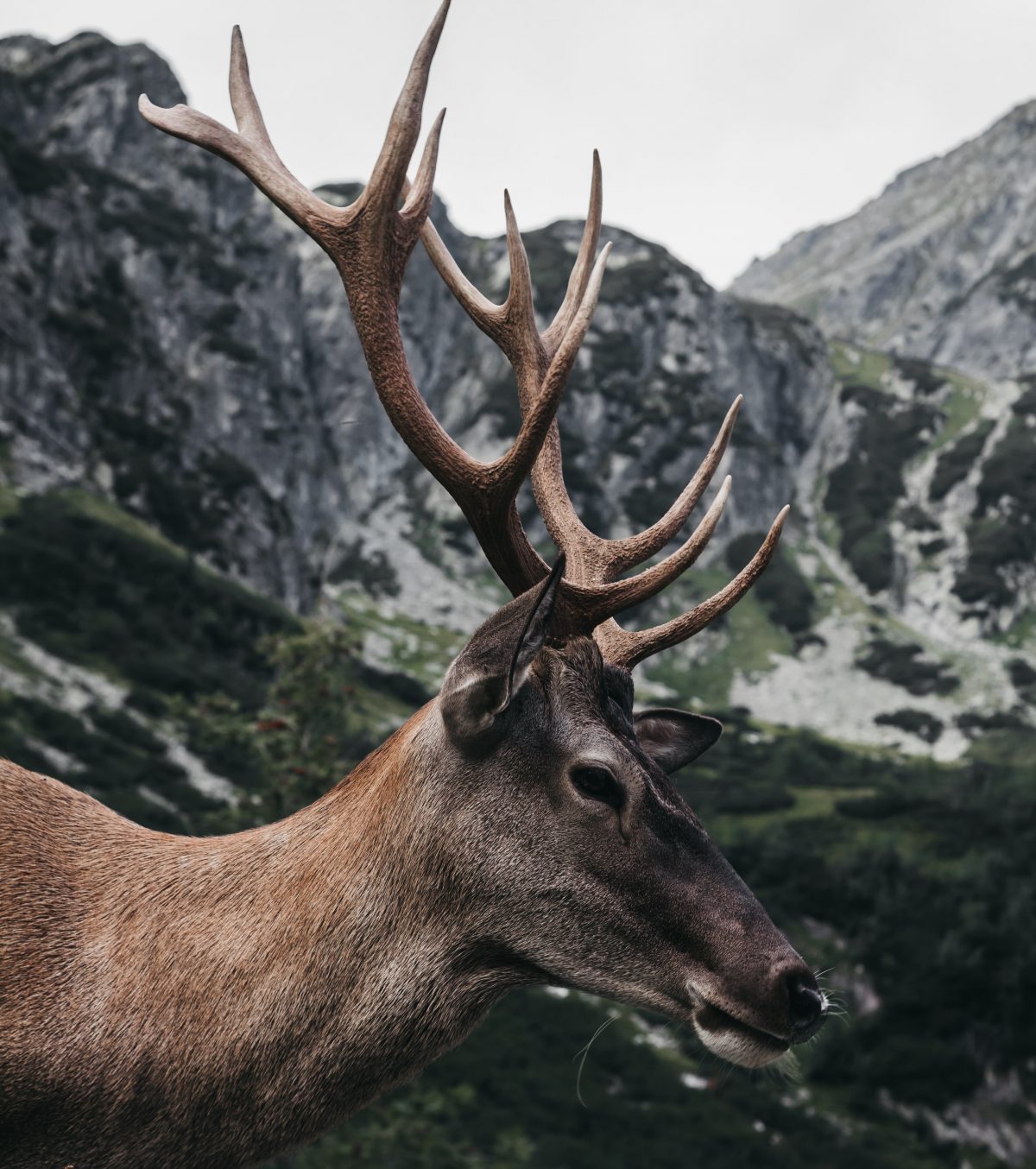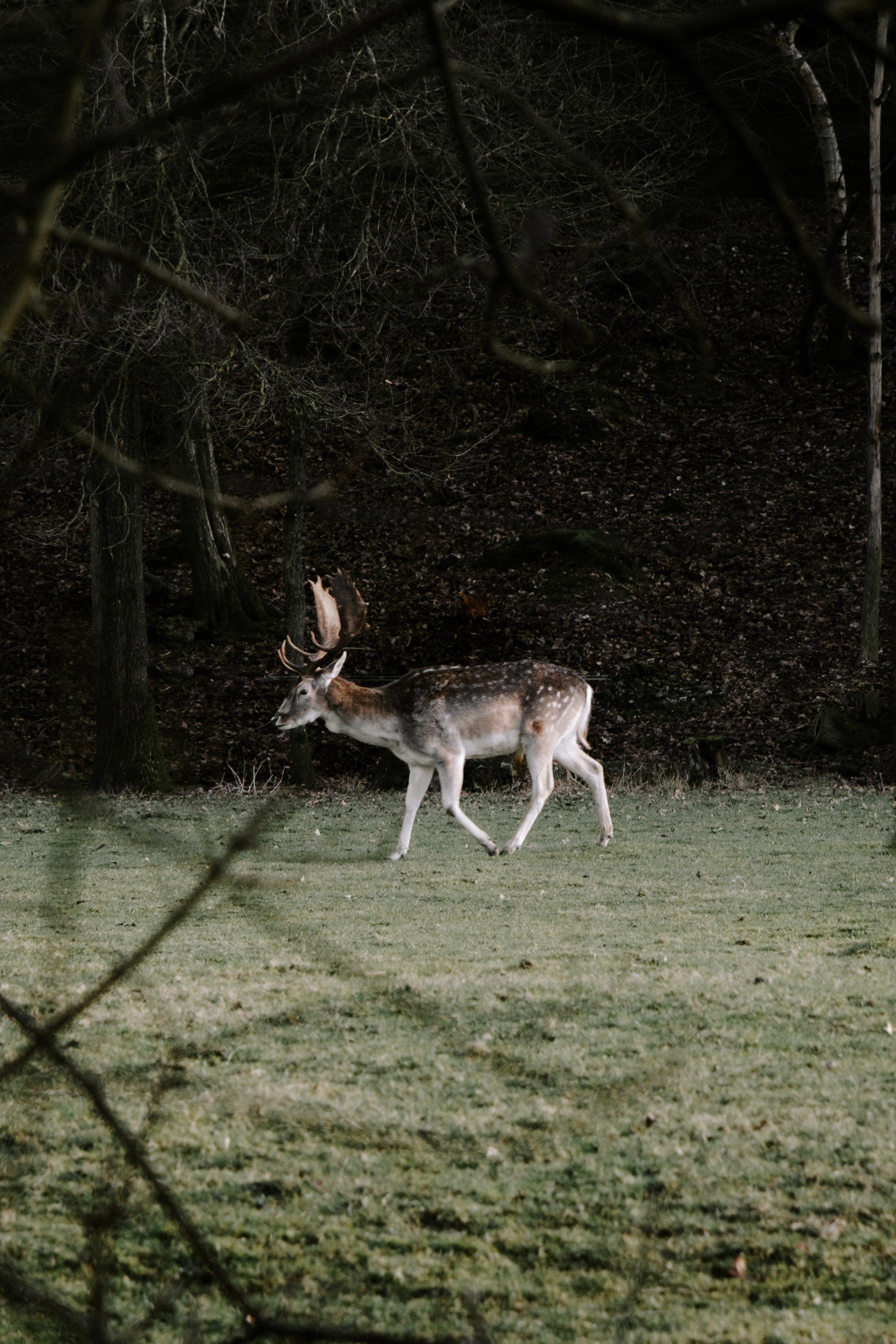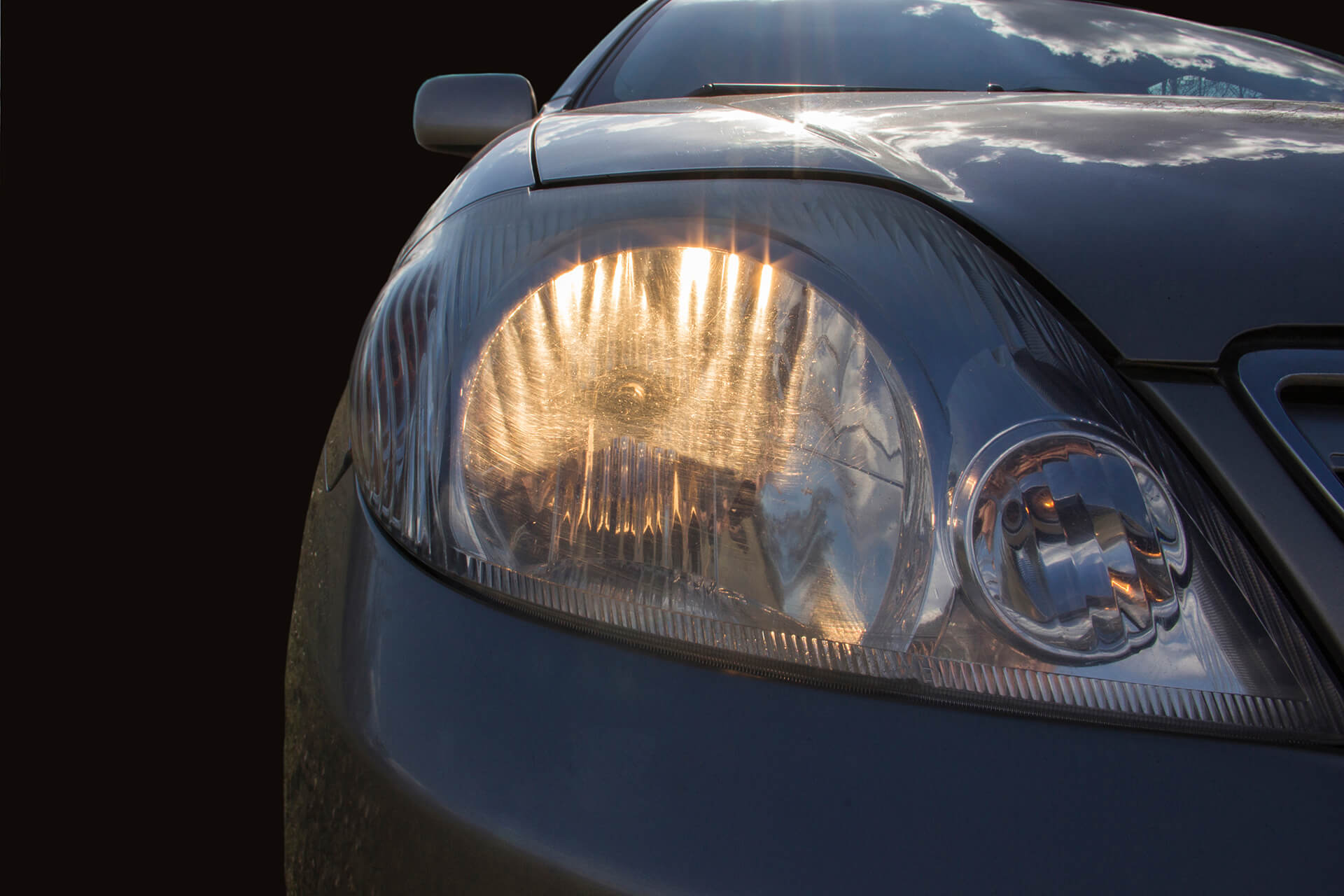Ever wondered why deer seem to freeze in the headlights of oncoming cars? It’s a phenomenon that has puzzled drivers and wildlife enthusiasts alike for years, but scientists have finally unravelled the mystery behind this curious behaviour.
When a deer is startled by the sudden appearance of bright lights, it triggers a natural defence mechanism known as the “tonic immobility” response. This response causes the deer to become temporarily paralysed, as if it’s frozen in place. This immobility helps the deer to avoid detection by predators, as it believes that if it doesn’t move, it won’t be seen.

Why You Need to Use Your Headlights During the Daytime – Source www.idrivesafely.com
The tonic immobility response is not unique to deer. It’s a common defence mechanism found in many different animal species, including rabbits, opossums, and even some insects. In humans, a similar response can be triggered by extreme fear or stress, causing us to “freeze” in place.
So, why do deer freeze in headlights? It’s a natural defence mechanism that helps them to avoid predators. While it may seem counterintuitive, freezing in place can actually be an effective way for deer to stay safe.

Have you ever wondered why deer freeze in headlights? Deer are – Source www.pinterest.com
Why Deer Freeze In Headlights: A Personal Experience
I’ve had the unfortunate experience of hitting a deer with my car. It was a dark and rainy night, and I was driving down a country road when a deer suddenly darted out in front of me. I didn’t have time to react, and I hit the deer head-on.
The deer was killed instantly, and I was shaken up but uninjured. As I got out of my car to check on the deer, I noticed that it was still lying in the road, frozen in place. It was as if it had been paralysed by the impact of my car.
I’ve often wondered why the deer didn’t try to run away after being hit. Now I know that it was because of the tonic immobility response. The deer’s natural instincts told it to freeze in place, even though it was in danger.

5 Reasons Why Deer Grow Velvet On Their Antlers | Proper Hunting – Source properhunting.com
The tonic immobility response is a fascinating defence mechanism that can help animals to survive in the wild. However, it can also be a hazard for drivers, as it can lead to deer-vehicle collisions.
Why Deer Freeze In Headlights: History and Myths
The tonic immobility response has been known to humans for centuries. In ancient times, hunters would often use bright lights to startle deer and then capture them while they were frozen in place. This practice is still used today by some poachers.
There are also many myths and legends about deer and headlights. Some people believe that deer are attracted to the light of headlights, and that they will often walk towards oncoming cars. This is not true. Deer are actually afraid of bright lights, and they will usually try to avoid them.

Like a Deer in the Headlights – Pam Langord – Source pamlangord.com
Another myth is that deer freeze in headlights because they are blinded by the light. This is also not true. Deer have excellent night vision, and they can see even in very dark conditions. The tonic immobility response is triggered by the sudden appearance of bright lights, not by the brightness of the lights themselves.
Why Deer Freeze In Headlights: Hidden Secrets
The tonic immobility response is a complex behaviour that is still not fully understood by scientists. However, there are some interesting theories about why deer freeze in headlights.
One theory is that the tonic immobility response is a form of hypnosis. When a deer is startled by bright lights, it may enter a trance-like state that makes it unresponsive to its surroundings.
Another theory is that the tonic immobility response is a way for deer to conserve energy. When a deer is frozen in place, it is not using any energy to move. This can be helpful for deer that are injured or exhausted.

Yellow headlights: why do they exist and are they legal? | Torque – Source www.torque.com.sg
Whatever the reason, the tonic immobility response is a fascinating behaviour that helps deer to survive in the wild. It is also a reminder that even the most common animals have hidden secrets.
Why Deer Freeze In Headlights: Recommendations
If you see a deer in the road, the best thing to do is to slow down and come to a stop. Do not swerve to avoid the deer, as this could cause you to lose control of your car and crash. Stay calm and wait for the deer to move out of the road.
If the deer does not move, you can try to gently nudge it with your car. Do not get out of your car, as this could startle the deer and cause it to run into traffic.
If you hit a deer, pull over to the side of the road and call the police. Do not attempt to move the deer, as this could cause further injury.

Why Do Deer Scream at Night: Unraveling the Mystery of Startling Noises – Source gcelt.org
Why Deer Freeze In Headlights: Detailed Explanation
The tonic immobility response is a temporary paralysis that occurs in some animals when they are exposed to a sudden and intense stimulus, such as bright lights or loud noises. The response is thought to be a defence mechanism that helps the animal to avoid predators.
When an animal is startled, it releases a hormone called adrenaline. Adrenaline causes the heart rate and breathing rate to increase, and it also dilates the pupils of the eyes. These changes help the animal to prepare for a fight or flight response.
However, in some animals, adrenaline can also trigger the tonic immobility response. When this happens, the animal’s muscles become paralysed and it is unable to move. This response is thought to be a way for the animal to conserve energy and to avoid detection by predators.
Why Deer Freeze In Headlights: Tips
Here are some tips to help you avoid deer-vehicle collisions:
- Be aware of your surroundings, especially when driving in areas where deer are known to be present.
- Slow down and come to a stop if you see a deer in the road.
- Do not swerve to avoid a deer, as this could cause you to lose control of your car and crash.
- If you hit a deer, pull over to the side of the road and call the police. Do not attempt to move the deer, as this could cause further injury.

Why Does My Low Beam Headlights Not Working | Homeminimalisite.com – Source homeminimalisite.com
Why Deer Freeze In Headlights: Myth vs Reality
There are a lot of myths and misconceptions about why deer freeze in headlights. Here are some of the most common myths:
- Myth: Deer are attracted to the light of headlights.
- Reality: Deer are afraid of bright lights and will usually try to avoid them.
- Myth: Deer freeze in headlights because they are blinded by the light.
- Reality: Deer have excellent night vision and can see even in very dark conditions.
- Myth: Deer freeze in headlights because they are hypnotised by the light.
- Reality: There is no evidence to support this claim.
Why Deer Freeze In Headlights: Fun Facts
Here are some fun facts about why deer freeze in headlights:
- The tonic immobility response is not unique to deer. It is also found in many other animals, including rabbits, opossums, and even some insects.
- The tonic immobility response is thought to be a defence mechanism that helps animals to avoid predators.
- When an animal is in the tonic immobility response, it is not completely unconscious. It is still aware of its surroundings and can respond to stimuli.
- The tonic immobility response can last for several minutes or even hours.

Why Deer Mice Are So Dangerous – Gecko Green – Source geckogreen.com
Why Deer Freeze In Headlights: How to Avoid
There is no surefire way to avoid deer-vehicle collisions, but there are some things you can do to reduce your risk:
- Be aware of your surroundings, especially when driving in areas where deer are known to be present.
- Slow down and come to a stop if you see a deer in the road.
- Do not swerve to avoid a deer, as this could cause you to lose control of your car and crash.
- If you hit a deer, pull over to the side of the road and call the police. Do not attempt to move the deer, as this could cause further injury.
Why Deer Freeze In Headlights: What if?
What if deer didn’t freeze in headlights? It is difficult to say for sure, but it is likely that there would be more deer-vehicle collisions. Deer are already one of the most common animals to be hit by cars, and if they didn’t freeze in headlights, they would be even more likely to be struck.
In addition, if deer didn’t freeze in headlights, they would be more likely to run into traffic